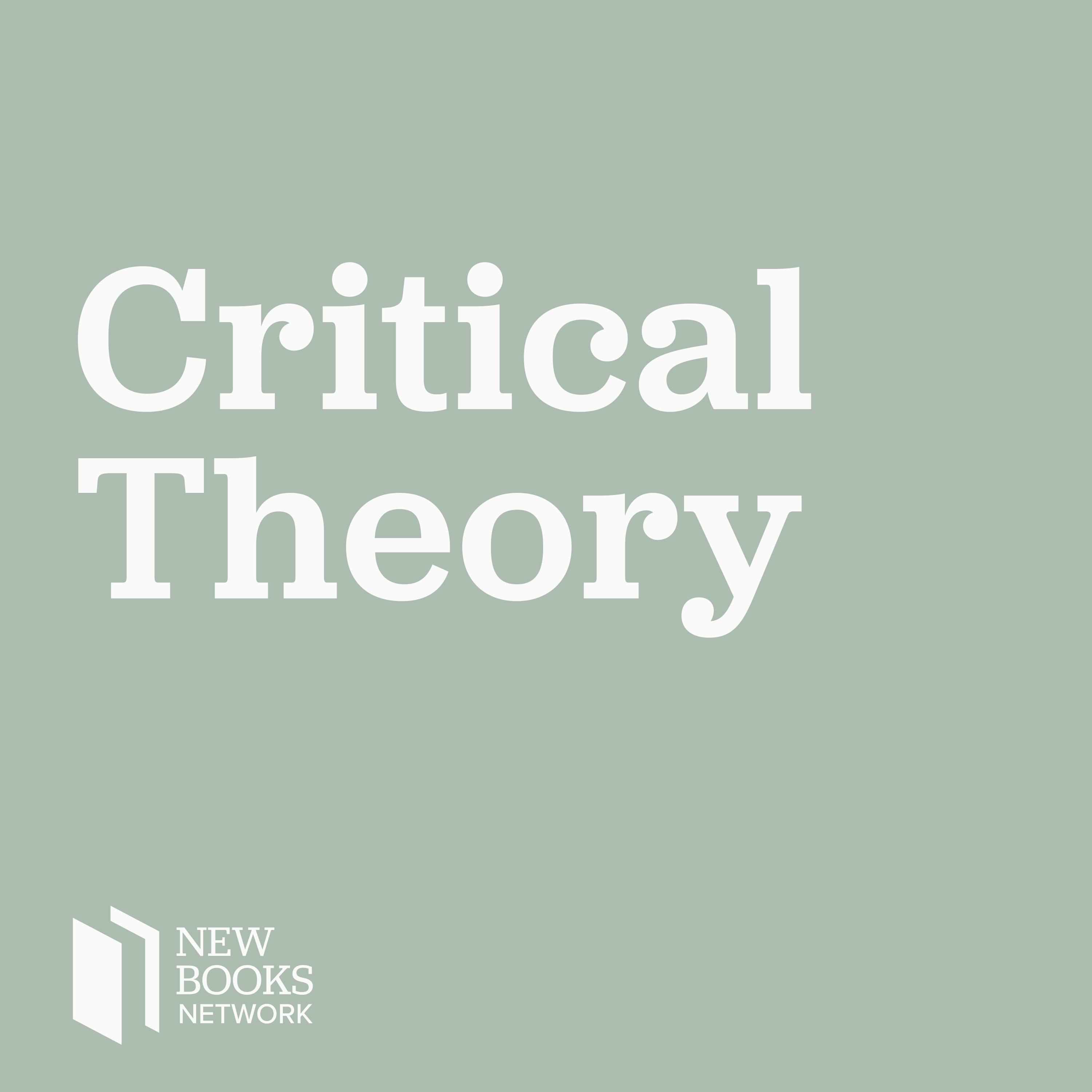
Deep Dive
What is the concept of 'negative life' as discussed by Steven Swarbrick and Jean-Thomas Tremblay?
Negative life refers to the misalignment between individual and species survival, where longer human lifespans lead to increased waste and carbon footprints, potentially foreclosing resources for future generations. It critiques the romanticized notions of environmental entanglement and highlights the inherent contradictions in human desires and ecological ethics.
How does 'negative life' challenge traditional environmental ethics and politics?
Negative life critiques the tendency in environmental ethics to idealize relationality and entanglement, arguing that such approaches overlook structural gaps and contradictions. It emphasizes the need to recognize these gaps, rather than stitching everything together into a cohesive ethical framework, and draws on psychoanalysis to explore the unconscious desires that complicate ecological politics.
What role does psychoanalysis play in the concept of 'negative life'?
Psychoanalysis is central to 'negative life' as it provides a framework for understanding the contradictions within human desire. The concept draws on the idea that the unconscious disrupts conscious identities, creating gaps and hitches in our symbolic understanding of the world. This perspective challenges the environmental humanities' tendency to ignore the unconscious and its role in shaping ecological ethics.
How does the film 'The Wall' illustrate the concept of 'negative life'?
In 'The Wall,' a woman seeking to connect with nature encounters an invisible, inexplicable barrier that confines her. This obstruction symbolizes the inherent negativity in human attempts to commune with the environment. The film exemplifies how symbolic structures, while opening the world to us, also prevent full immersion, reflecting the contradictions central to 'negative life.'
Why do Swarbrick and Tremblay critique the proliferation of 'worlds' in eco-criticism?
They argue that the focus on creating alternative or multiple worlds in eco-criticism often masks the inherent brokenness of the present world. By insisting on the singularity of this world and its structural flaws, they challenge the utopian thinking that overlooks the exclusions and contradictions embedded in such gestures of inclusion.
What is the significance of 'jouissance' in the context of 'negative life'?
Jouissance, a psychoanalytic concept, refers to a form of enjoyment that disrupts conscious pleasure, often manifesting in slips of the tongue or unexpected interruptions. In 'negative life,' it represents the unconscious asserting itself, creating gaps and hitches that challenge our habitual sensemaking and highlight the contradictions within ecological ethics and politics.
How does 'negative life' relate to the medium of film?
Film is described as a 'negative medium' because it creates aliveness through cuts and decay, reflecting the inherent negativity in life. Swarbrick and Tremblay analyze how films produce traumatic encounters with negative life, disrupting ethical horizons of relation or entanglement and emphasizing the structural gaps in our understanding of the world.
What is the ultimate goal of 'negative life' as a concept?
The goal of 'negative life' is not to save the world but to acknowledge its inherent brokenness and contradictions. By starting from this recognition, it seeks to reframe ecological politics and ethics, moving away from utopian thinking and toward a more grounded understanding of the structural flaws in our current world.
- Negative life names the misalignment of individual and species survival.
- It critiques ecocriticism's focus on entanglement, highlighting inherent contradictions.
- Psychoanalysis is used to understand the gaps between conscious desires and unconscious realities.
Shownotes Transcript
Steven Swarbrick and Jean-Thomas Tremblay talk about negative life, which names the misalignment of individual and species survival, as a condition of thought and film. In developing this concept, they shed light on the gaps within the rhetoric of entanglement, and push against ethics and politics that insist on the values of human and nonhuman relations. Negative life already inheres in existing social relationships because the world is already broken. Steven and Jean-Thomas critique much of ecocriticism’s romantic attachment to contingencies and solutions that would have us ignore this truth.
Steven Swarbrick) is Associate Professor of English at Baruch College, City University of New York. He is the author of two books: The Environmental Unconscious: Ecological Poetics from Spenser to Milton) (University of Minnesota Press, 2023) and The Earth Is Evil (forthcoming from the University of Nebraska Press, “Provocations” series, 2025). He is a coauthor, with Jean-Thomas Tremblay, of Negative Life: The Cinema of Extinction) (Northwestern University Press, 2024). He has been a guest at High Theory in the past, and his previous episode on ‘The Environmental Unconscious’ can be found here).
Jean-Thomas Tremblay) is Associate Professor of Environmental Humanities and Director of the Graduate Program in Social and Political Thought at York University, in Toronto. He is the author of Breathing Aesthetics) (Duke University Press, 2022) and, with Steven Swarbrick, a coauthor of Negative Life: The Cinema of Extinction (Northwestern University Press, 2024). Excerpts from a book-in-progress on climate action, liberal sensemaking, and the "world" concept have appeared in Critical Inquiry and are forthcoming in Representations.
Image: © 2025 Saronik Bosu. The silhouette of a forest and that of a cow floating above it, against an orange sky, and a general atmosphere of smoke and haze.
Learn more about your ad choices. Visit megaphone.fm/adchoices)
Support our show by becoming a premium member! https://newbooksnetwork.supportingcast.fm/critical-theory)